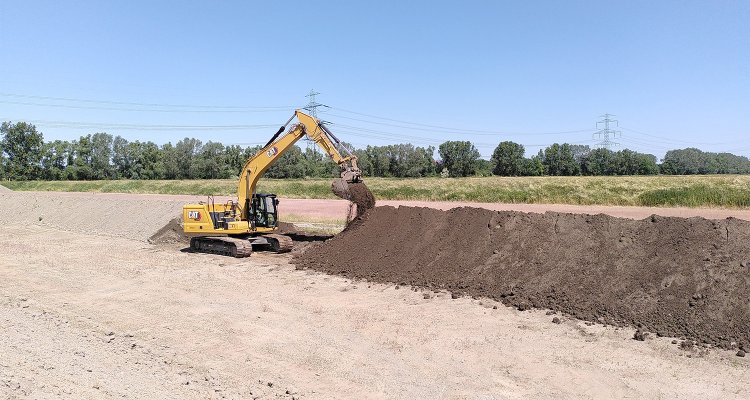
Project
Geochemical transformation of sediments to soils
Ripened dredged sediments may potentially be used in construction. After a sediment is dredged and allowed to dry on land, several chemical changes occur. This project aims to improve the understanding and predictability of these chemical processes in the soils that develop from these sediments during their ripening.
Background
Large quantities of dredged sediment and a high demand for earthen construction materials raise the question whether ripened sediments may be used in construction. However, uncertainty about contamination impacts and chemical stability currently hamper the use of ripened sediments. Chemical processes occur during the required transformation of dredged sediment to soil. The suitability of the end product for construction is determined by the interplay between the original composition of the sediment and the ripening processes. Yet, the chemical processes that determine the stability and environmental effects are not fully understood and cannot always be sufficiently predicted.
Description
This project aims to improve the understanding and predictability of chemical processes during ripening of dredged sediments for their use in construction. Therefore, samples of dredged sediment during different stages of ripening will be taken and evaluated. In order to assess the environmental impact, the availability of contaminants under different conditions will be assessed. The (trans)formation of reactive organic and mineral surfaces in the sediments during ripening will be characterised. The composition and speciation of contaminants and reactive surfaces will be used for speciation modelling, in order to link the changes in environmental effects and chemical developments during ripening.
Results
Earliest results show different contaminant availability between freshly deposited and historically applied sediments. The changes in contaminant availability will be compared with the underlying mechanisms of the chemical developments. From these expected future results potential geochemical indicators for sediment ripeness will be derived. Ultimately, the results will aid sustainable and environmentally safe application of dredged sediment.